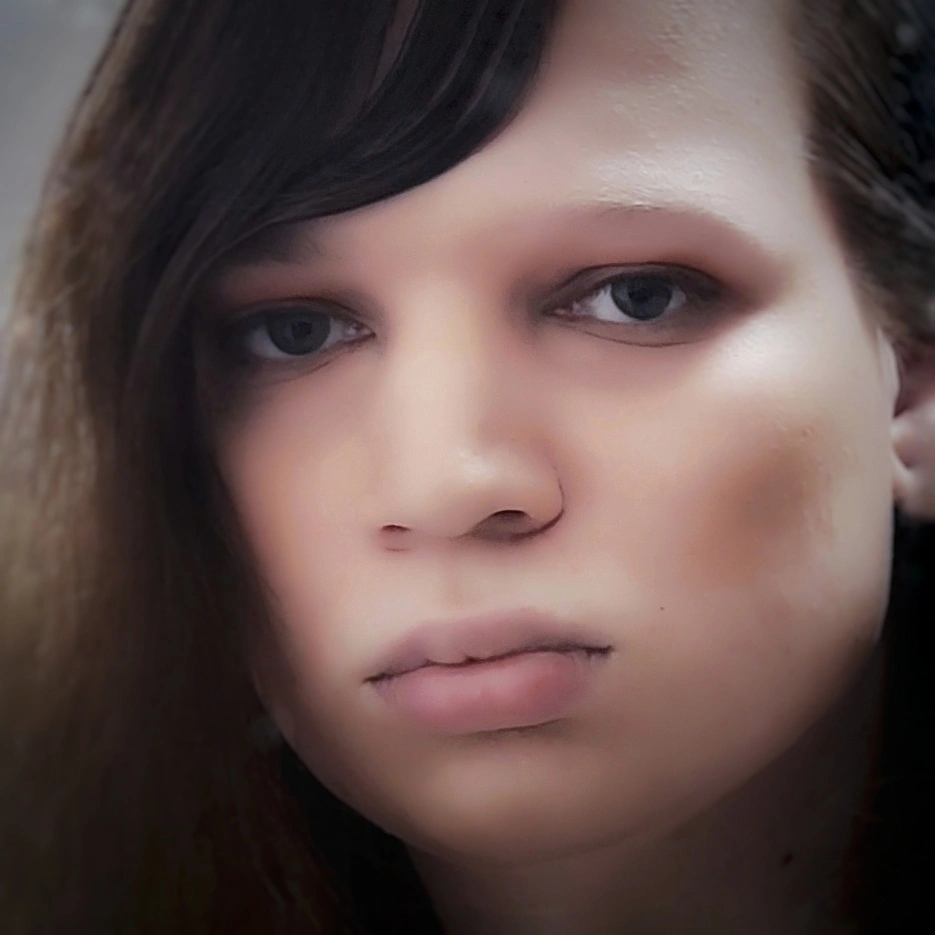There shouldn’t be a distinction between quantum and non-quantum objects. That’s the mystery. Why can’t large objects exhibit quantum properties? Nobody knows, all we know is they don’t. We’ve attempted to figure it out by creating larger and larger objects that still exhibit quantum properties, but we know, at some point, it just stops exhibiting these properties and we don’t know why, but it doesn’t require an observer to collapse the wave function.
Also, can you define physical for me? It seems we have a misunderstanding here, because I’m defining physical as having a tangible effect on reality. If it wasn’t real, it could not interact with reality. It seems you’re using a different definition.
Your local bi(polar) schizo fluffernutter.
Previous profile under the same name over at lemmy.one
- 0 Posts
- 8 Comments
A building does not actually enter a superposition when unobserved, nor does Schrodinger’s cat. The point of that metaphor was to demonstrate, through humor, the difference between quantum objects and non-quantum objects, by pointing out how ridiculous it would be to think a cat could enter a superposition like a particle. In fact, one of the great mysteries of physics right now is why only quantum objects have that property, and in order to figure that out we have to figure out what interaction “observation” actually is.
Additionally, we can observe the effects of waves quite clearly. We can observe how they interact with things, how they interfere with each other, etc. It is only attempting to view the particle itself that causes it to collapse and become a particle and not a wave. We can view, for instance, the interference pattern of photons of light, behaving like a wave. This proves that the wave is in fact real, because we can see the effects of it. It’s only if we try to observe the paths of the individual photons that the pattern changes. We didn’t make the photons real, we could already see they were real by their effects on reality. We just collapsed the function, forcing them to take a single path.
I think you’re a little confused about what observed means and what it does.
When unobserved, elementary particles behave like a wave, but they do not stop existing. A wave is still a physical thing. Additionally, observation does not require consciousness. For instance, a building, such as a house, when nobody is looking at it, does not begin to behave like a wave. It’s still a physical building. Therefore, observation is a bit of a misnomer. It really means a complex interaction we don’t understand causes particles to behave like a particle and not a wave. It just happens that human observation is one of the possible ways this interaction can take place.
An unobserved black hole will still feed, an unobserved house is still a house.
To be clear, I’m not insulting you or your idea like the other dude, but I wanted to clear that up.
On the contrary, it’s not a flaw in my argument, it is my argument. I’m saying we can’t be sure a machine could not be conscious because we don’t know that our brain is what makes us conscious. Nor do we know where the threshold is where consciousness arises. It’s perfectly possible all we need is to upload an exact copy of our brain into a machine, and it’d be conscious by default.
We don’t even know what consciousness is, let alone if it’s technically “real” (as in physical in any way.) It’s perfectly possible an uploaded brain would be just as conscious as a real brain because there was no physical thing making us conscious, and rather it was just a result of our ability to think at all.
Similarly, I’ve heard people argue a machine couldn’t feel emotions because it doesn’t have the physical parts of the brain that allow that, so it could only ever simulate them. That argument has the same hole in that we don’t actually know that we need those to feel emotions, or if the final result is all that matters. If we replaced the whole “this happens, release this hormone to cause these changes in behavior and physical function” with a simple statement that said “this happened, change behavior and function,” maybe there isn’t really enough of a difference to call one simulated and the other real. Just different ways of achieving the same result.My point is, we treat all these things, consciousness, emotions, etc, like they’re special things that can’t be replicated, but we have no evidence to suggest this. It’s basically the scientific equivalent of mysticism, like the insistence that free will must exist even though all evidence points to the contrary.

 84·6 months ago
84·6 months agoBecause body shaming circle-chan is funny.
Edit: I knew this joke wouldn’t land before I even hit enter, but now I must own it.

 50·7 months ago
50·7 months agoKerbal landing technique? Like smashing into the surface max speed because you somehow managed to decouple your only engine due to poor preplanning? At least that’s how I play it.

 1·7 months ago
1·7 months agoI’d thought I could hear a difference in hires audio, but after reading up on it I’m starting to think it may have been some issue with the tech I was using, whether it be my headphones or something else, that made compressed audio sound veeeery slightly staticky when high notes or loud parts of the track played.
Personally though, even if it wasn’t, the price for the equipment wasn’t worth it for a difference that was only perceptible if I was listening for it. Not to mention it’s near impossible to find hires tracks from most bands. Most claiming to be hires are just converted low res tracks and thus have no actual difference in sound quality, the only difference being the file is way larger for no good reason.

deleted by creator